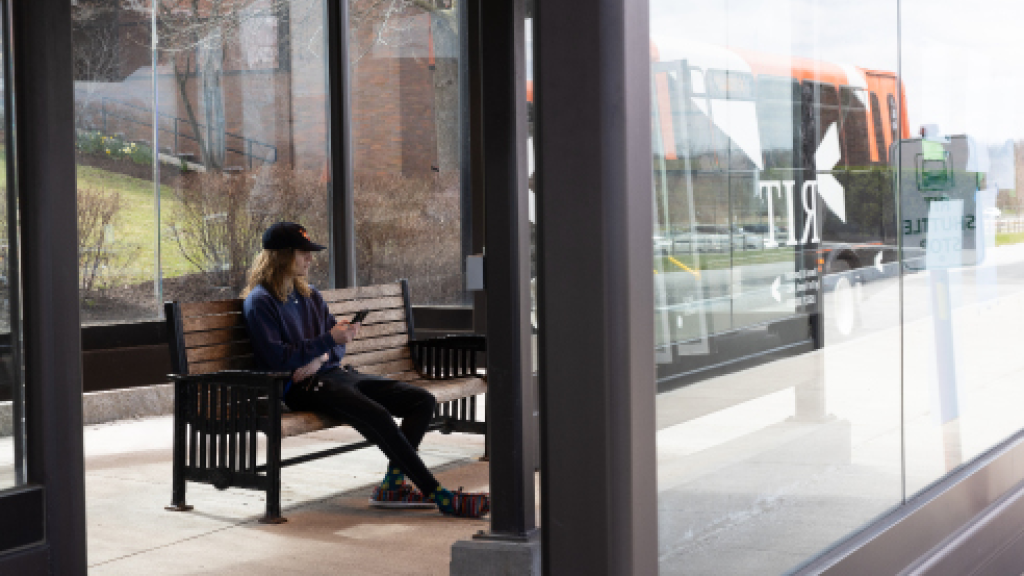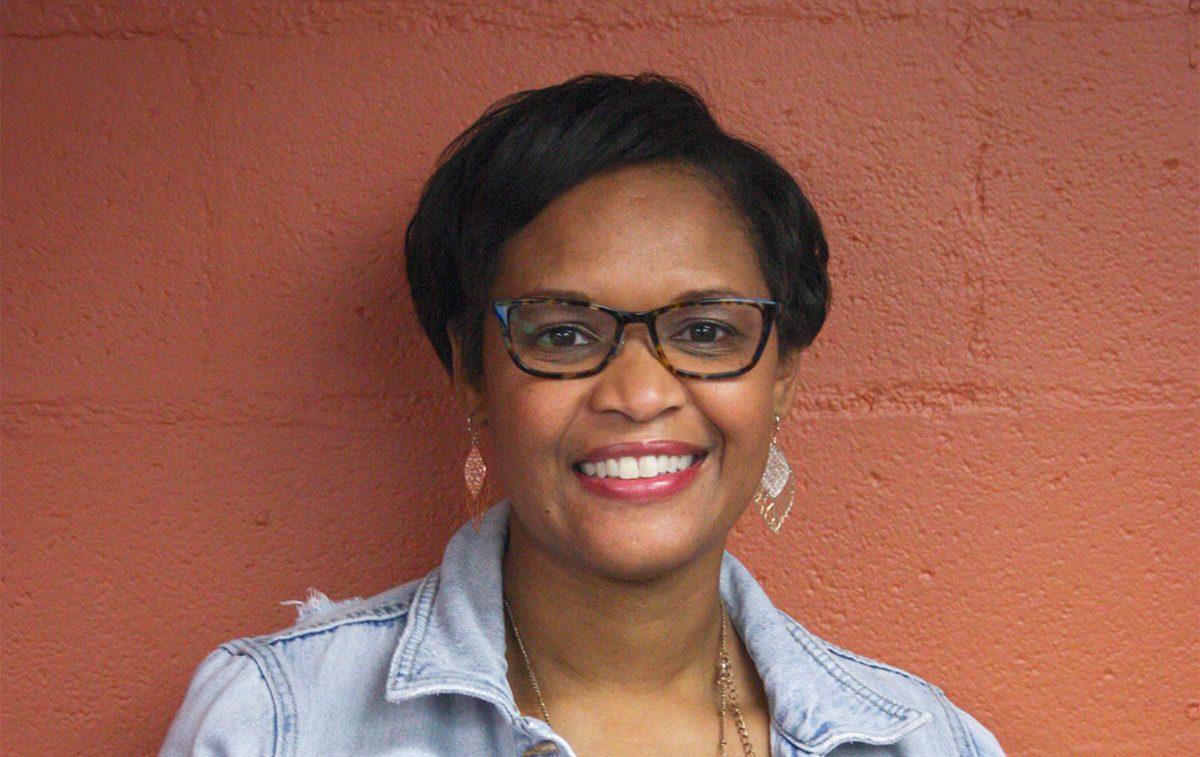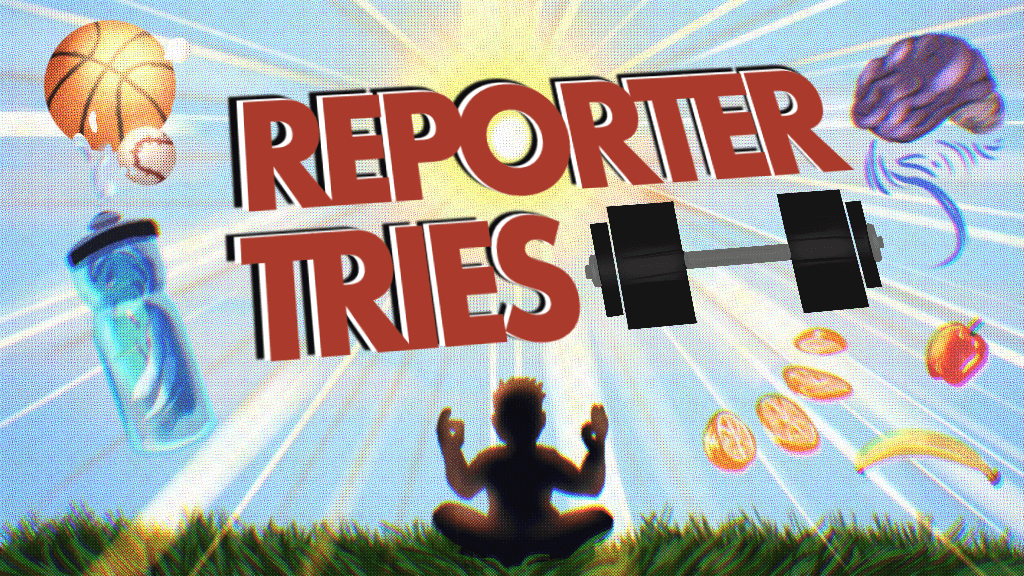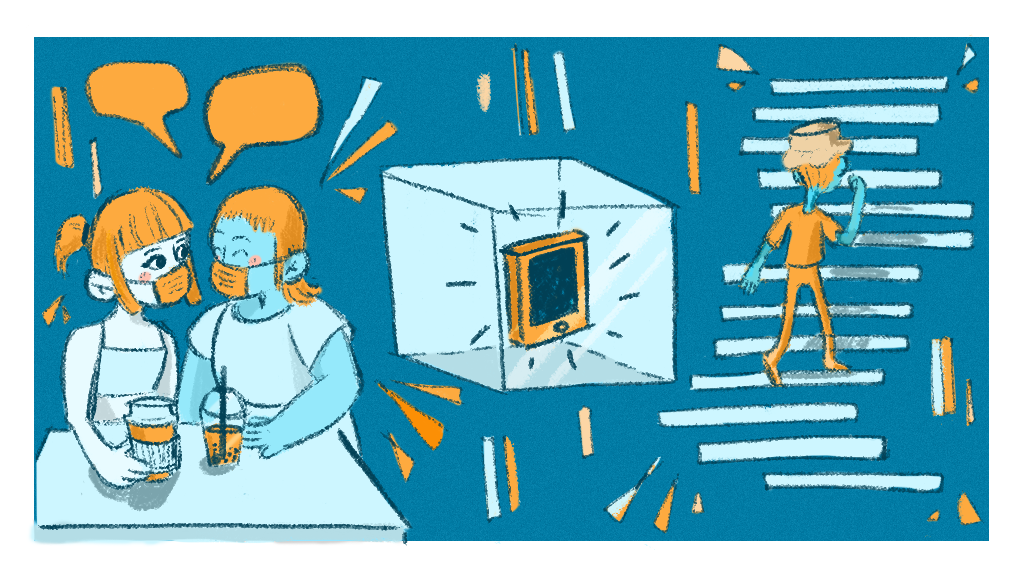What is Post-Traumatic Growth?
Dr. Brian Barry, professor of psychology at RIT, first explained post-traumatic stress disorder (PTSD) and how those who undergo trauma may experience it.
“PTSD is an unpleasant, unhealthy reaction,” Barry said. “You’re traumatized long after the event.”
Those who suffer from PTSD have hallucinations. This is especially common in war veterans that experienced wartime trauma; they can react with fear every time they hear a firecracker or a car backfire.
“It poisons the life of someone,” Barry explained. “However, another reality is possible.”
Some people are able to turn their trauma into growth, become more compassionate and gain a new purpose in life.
There are two kinds of post-traumatic growth (PTG): homeostatic and transformative. Homeostatic PTG is when the individual returns to normal, which is the ultimate goal after trauma according to Barry. Transformative PTG means that the individual undergoes improvement, betters their self and becomes even stronger.
Caitlyn Penke’s Story
Caitlyn Penke is an operations manager at a fitness facility. She graduated from the Photography program at RIT in 2014 with a focus in both Fine Arts and Fashion Photography.
Shortly after her graduation, she was in a car accident and became disabled for six months. She was unable to take photos and lost her new job in photography. Close to her recovery, she was diagnosed with acute lung failure as well as five ulcers in her dominant eye, causing her to go partially blind. Her dream in photography faded and homelessness became a reality.
She moved to Pittsburgh with her father and began to fall in love with fitness. She was intrigued by women who lifted weights. She started exercising to a great extent, going on 50-mile bike rides every week as well as rock climbing five times a week.
She still did what she could with photography. Instagram became her visual diary; she didn’t just highlight the good things —
Once her father lost his job, living with him was no longer feasible. While she loved Pittsburgh, she had to relocate to Buffalo eight months later where other family resided.
Although she had relocated, Penke’s love for fitness did not fade. She became empowered by the idea of bikini girls. She wanted to be that “badass in the gym” that could hold a substantial amount of weight. She joined a mock prep, hoping to join a competition in the near future.
She also started to develop a close relationship with her coach, Micheal Higgins. The two started dating and got engaged a month later. Higgins was a recovering drug addict and Penke emphasized how this helped her grow as a person and become less judgemental of other people.
“He helped me to become better, more compassionate and more willing to help others,” she said.
Struggle came again when Higgins relapsed while they were engaged. The next two months were chaos, according to Penke. She dropped everything for him.
“His safety was my priority and the most important thing to me,” she said.
Two months after his relapse, Higgins lost his job and was arrested. Penke emphasized that she was “in his corner.” She would never deny him the support he needed. All Higgins wanted to do was use, but Penke wasn’t walking away.
Tragedy came when Higgins shot up in Penke’s car one night. Penke became “angry and cold” towards him because she had never witnessed a drug purchase before, nor had someone shoot up in front of her.
“If I had known it was the end, I would have treated it differently,” Penke said.
Higgins freaked out and trashed the apartment in upset. Unsure of what to do next, he shot up again and passed out on the kitchen floor. Penke sat there and held him all night; she sang to him.
She thought, “Tomorrow we’re going to make things right. We’re going to get him a haircut, and we’re going to get married.”
Penke wanted Higgins to wake up in a clean apartment, so she decided to clean up the mess he had created. She left the room for five minutes. When she returned, he was dying right in front of her. She called an ambulance, but he died from an overdose before they arrived.
Now
Penke made a pledge to go to Narcotics Anonymous every Saturday in his memory, and she has. The night he died, Higgins expressed how awful he felt that Penke wasn’t taking pictures anymore. Penke always wanted to change the world through her art.
“I wanted to tell the stories of drug addicts, and how they feel and what their brains come up with in manic phases,” Penke said.
Penke is now working to fundraise money with her art; the profits are going to Reps 4 Recovery in Nevada. This organization helps recovering drug addicts and alcoholics through “fitness coaching, community and mentorship.”
Penke is also looking to open her own facilities. She wants to help recovering drug addicts, alcoholics and those suffering from mental illness through exercise.
“People can go in, thrive and use fitness for recovery,” Penke said.
Experiencing Growth
Penke’s story is quite the example of PTG. Penke went through many traumatic experiences and has only grown as a person. Her work to help others and to avoid having many see the same fate, is truly inspiring.
Many people’s coping mechanisms are primarily based in denial. If you’re in denial, you diminish its importance. However, “grief denied is grief magnified,” according to Barry.
Find someone you can talk to right away following the trauma. You don’t want to bury the pain; it comes out in “devious and dangerous ways.” Express your experiences and the effects they had on you. How did your trauma distort your view of life and others?
Remember that just because you experience growth doesn’t mean that your trauma is over. PTSD can return if you’re retraumatized. So, be patient with yourself; grief and growth happens in its own time. There is no deadline for recovery.







